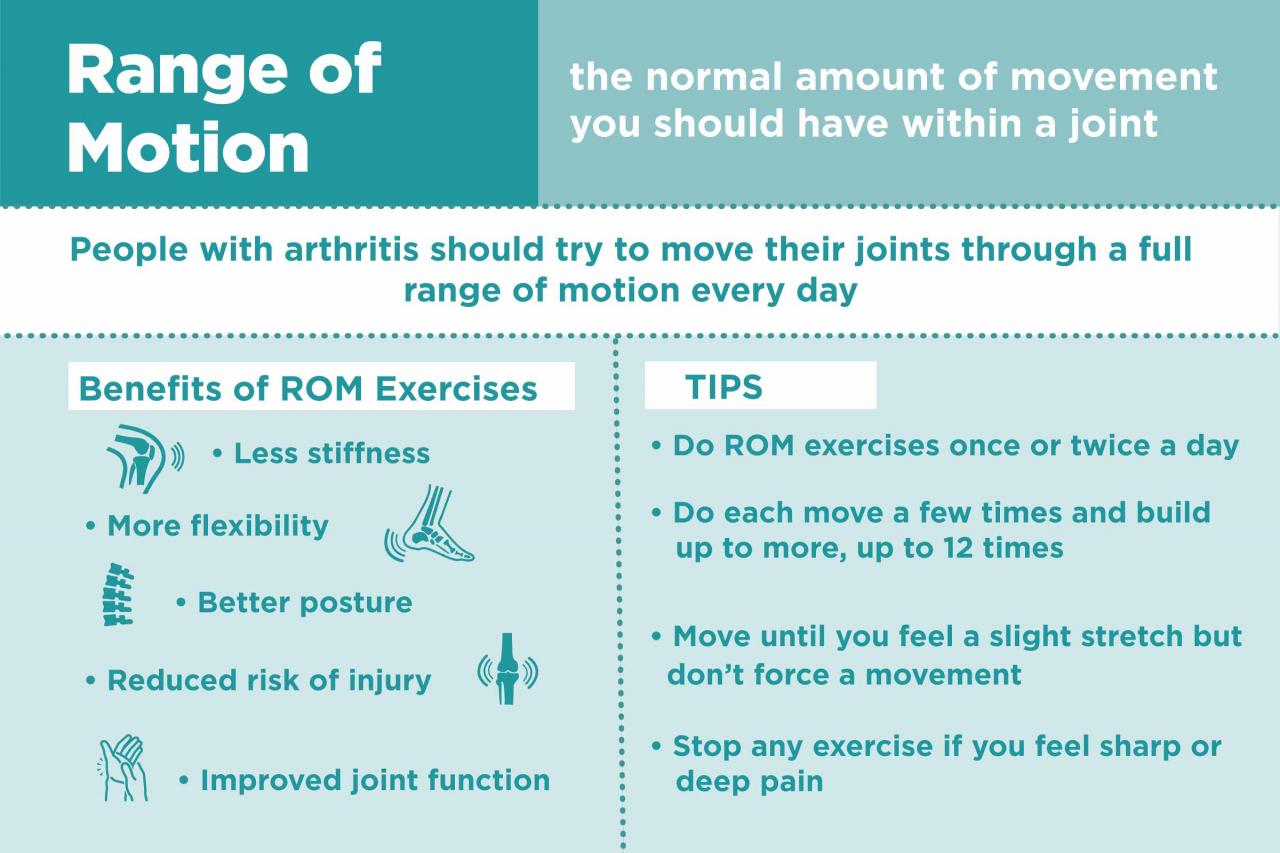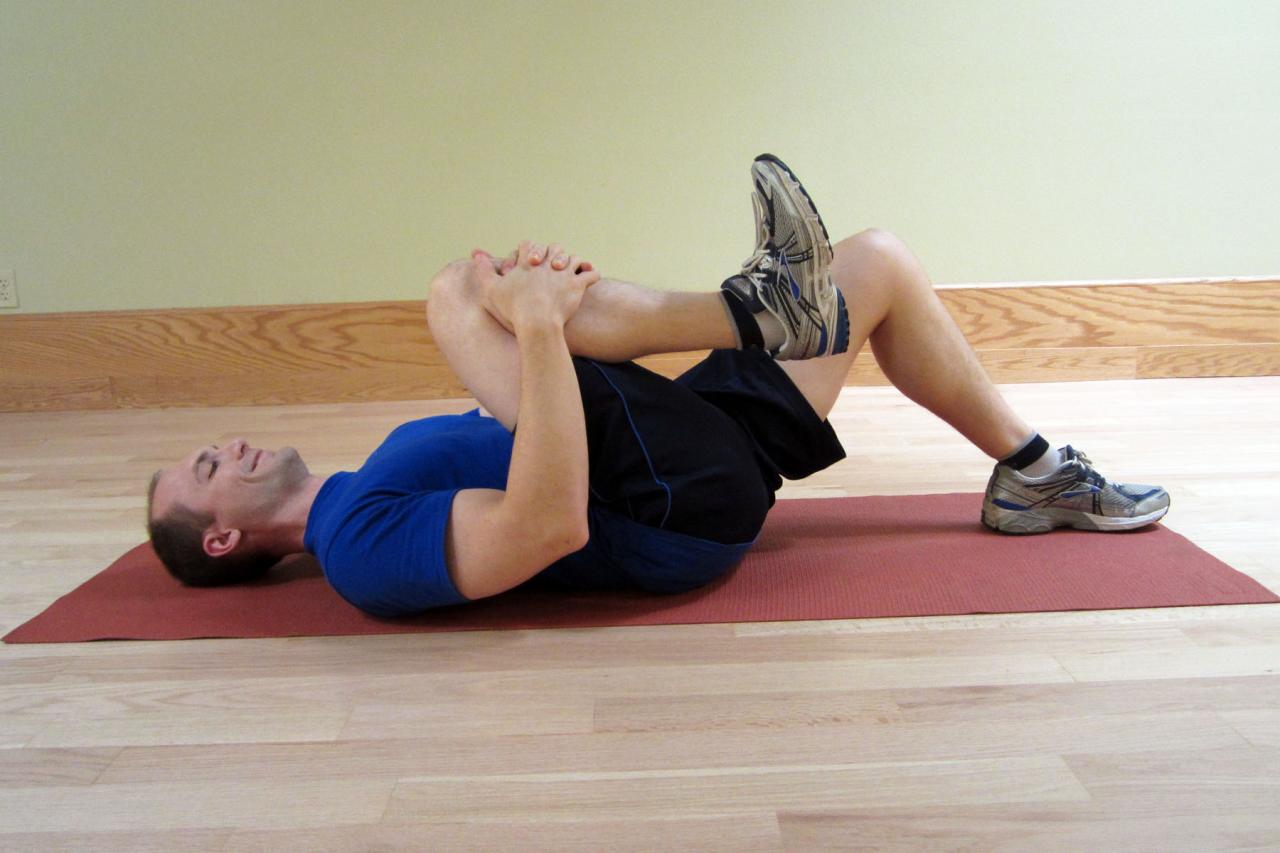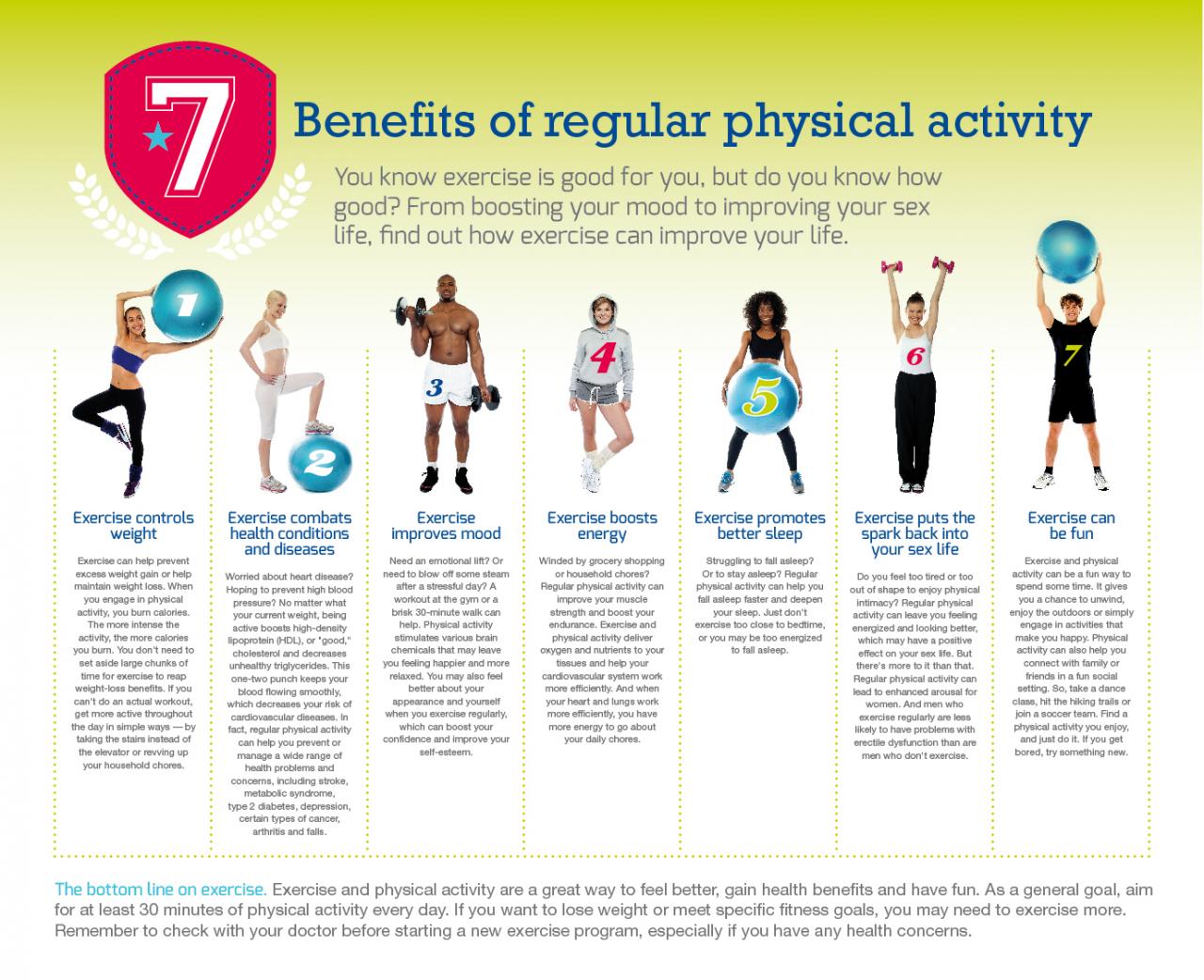
Explain why regular exercise is the best way to prevent flexibility issues. – Regular exercise is the cornerstone of maintaining and improving flexibility, ensuring optimal mobility and preventing a myriad of musculoskeletal ailments. Through its multifaceted benefits, exercise empowers individuals to achieve greater range of motion, reduce joint pain and stiffness, and enhance overall physical well-being.
From dynamic stretches to resistance training, various forms of exercise play a crucial role in preserving flexibility. By engaging in regular physical activity, we can effectively combat the natural decline in flexibility that accompanies aging and sedentary lifestyles.
Benefits of Regular Exercise on Flexibility

Regular exercise is crucial for maintaining and improving flexibility. It promotes the production of synovial fluid, which lubricates joints and reduces friction during movement. Exercise also helps stretch and lengthen muscles, tendons, and ligaments, allowing for greater range of motion.
If you’re looking to shed stubborn lower back fat, incorporating exercises for lower back fat into your fitness routine can be beneficial. These exercises target specific muscle groups to help reduce fat and improve overall posture.
Some effective exercises for enhancing flexibility include yoga, Pilates, Tai Chi, and dynamic stretching.
Many expectant mothers may be wondering if they should be wished a Happy Mother’s Day . The answer is yes, as pregnancy is a time to celebrate the journey of becoming a mother.
Impact of Exercise on Joint Health
Exercise plays a significant role in preventing joint stiffness and pain. By strengthening the muscles and ligaments around joints, exercise helps stabilize and support them, reducing the risk of injuries and wear and tear. Regular exercise also improves blood circulation to joints, bringing nutrients and oxygen to promote healing and repair.
Exercise and Muscle Function
Regular exercise improves muscle function by increasing muscle strength and endurance. Stronger muscles can support and control movements more effectively, reducing the risk of muscle strains and sprains. Improved muscle function also contributes to better balance and coordination, which further enhances flexibility.
As Mother’s Day approaches, it’s a heartwarming time to express gratitude and love to the special women in our lives. To all the mothers and mothers-to-be, we wish you a Happy Mother’s Day filled with joy and appreciation.
Exercise and Range of Motion, Explain why regular exercise is the best way to prevent flexibility issues.
Exercise increases range of motion by improving the flexibility of muscles, tendons, and ligaments. Specific exercises can target different body parts to enhance flexibility. For example, shoulder rolls and arm circles improve shoulder mobility, while leg swings and hip rotations increase flexibility in the hips and legs.
Exercise and Posture
Regular exercise contributes to better posture by strengthening the muscles that support the spine and pelvis. Improved posture reduces stress on joints and muscles, preventing flexibility issues and muscle imbalances. Exercises that target core muscles, such as planks and bridges, are particularly effective for improving posture.
Exercise and Body Composition
Exercise influences body composition by reducing body fat and increasing muscle mass. Maintaining a healthy weight reduces stress on joints and muscles, improving flexibility. Exercise also helps regulate hormones that promote muscle growth and flexibility, such as growth hormone and testosterone.
Outcome Summary

Incorporating regular exercise into our routines is an invaluable investment in our physical health and longevity. By embracing the power of movement, we can unlock the benefits of enhanced flexibility, improved posture, and reduced risk of flexibility-related injuries. Regular exercise empowers us to maintain an active and fulfilling lifestyle, where movement becomes a source of joy and vitality.
FAQ Corner: Explain Why Regular Exercise Is The Best Way To Prevent Flexibility Issues.
How often should I exercise to improve flexibility?
To maintain flexibility, regular exercise is essential. It helps keep muscles and joints limber, reducing the risk of stiffness and pain.
Aim for at least 30 minutes of moderate-intensity exercise most days of the week, incorporating exercises that target all major muscle groups.
What types of exercises are best for flexibility?
Dynamic stretches, such as arm circles and leg swings, are effective for warming up muscles and improving range of motion. Static stretches, where you hold a position for 10-30 seconds, are beneficial for increasing flexibility over time.
Can exercise help prevent joint pain?
Yes, regular exercise strengthens the muscles and ligaments around joints, providing stability and reducing the risk of pain and stiffness.






